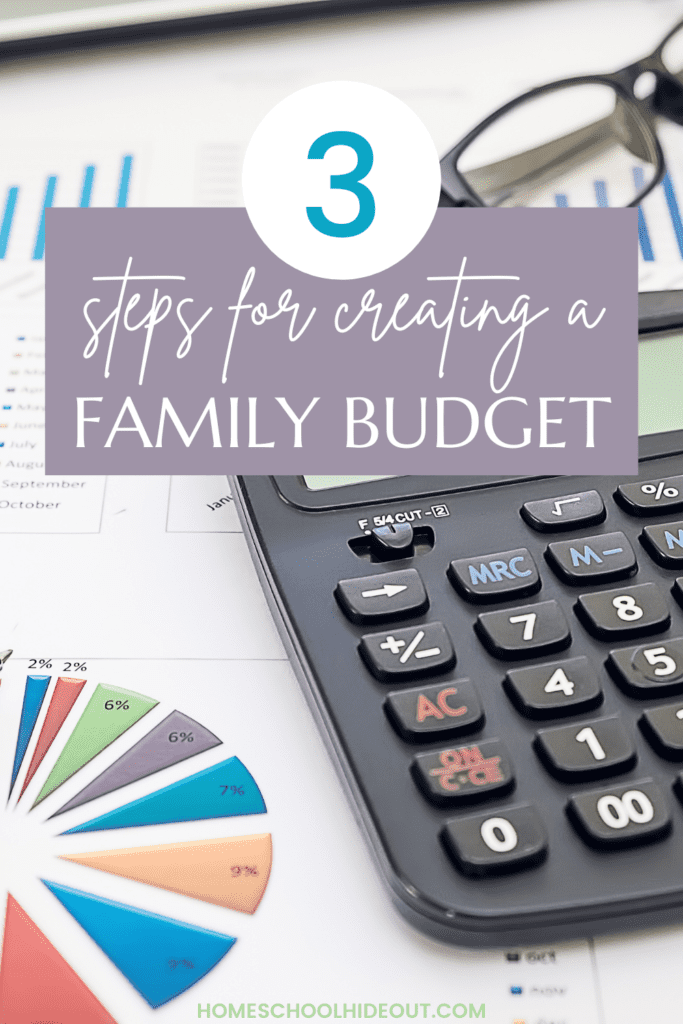Penny Practice: 3 Steps in Building a Budget For Your Family
Budgeting is something that many people struggle with. It can feel impossible to make ends meet or put money into savings. It’s not the easiest task in the world, but when done correctly, budgeting can help you make sure that your family has everything they need. Developing cohesive spending habits is more than just preparing for the present, you’re planning for the future. Life is all about balancing expected and unexpected circumstances. You want to be equipped for both.
A roadmap is helpful; making sure you understand where you’re going and how you’re going to get there. A guide makes the process less intimidating.
Tips for Building a Budget for Your Family
Step One: Assess Your Income
You need to know what you’re working with. You can’t budget your money if you don’t know how much you have. Make sure that you take into account all income sources. If your spouse earns an income, include their paycheck.
Don’t forget about investments, child support, or any other regular payments you might receive.
In addition to your regular monthly income, you should also factor in any one-time payments that you may receive. This could be a tax refund, money from selling an asset, or a gift from a family member. If you’re not sure how much you’ll receive, estimate on the high side. Include side hustles and any income you receive from a part-time job. Factor in monthly sums from rental properties. If you own any service businesses like a laundromat or car wash, list those as sources of income as well.
Earning money from content creation can be considered a source of income. If you have a profitable social media presence, those earnings can be included in your budget.
Selling your art, writing books, or other lucrative artistic outlets counts as income too.
Once you have a total, divide that number by 12 to get your monthly income amount.
Step Two: Identify Your Expenses
Now that you know your monthly income, it’s time to start listing all of the expenses your family has. This includes regular monthly payments like rent and utilities. If you have any credit card payments or loan fees, add those as well.
Include your contributions to health, car, rental, or home insurance. If you’re paying out child support or alimony on a monthly basis, factor this into your expenses.
Wifi and regular subscriptions to shopping apps or streaming services need to be listed.
Don’t forget about groceries, gasoline for your vehicle, and any other necessary costs associated with living. If you set aside money for social outings or vacations, add those into the budget as well. Of course, if you notice you’re doing something frequently such as commuting to work daily or traveling a lot for work consider the possible benefits of jet card cost or other travel cards to see if you can save a little in this area.
If you’re not sure how much you spend in a month on certain items, average it out over the past few months. This will give you the most accurate estimate of what to expect in the future.
Step Three: Cut Unnecessary Costs
Now that you’ve got your income and expenses listed out, it’s time to start trimming the fat. Look at each expense line by line. You want to get rid of anything that isn’t absolutely necessary for everyday living. Yes, that includes those monthly subscriptions that you love or that purse you’ve been saving up for. Put that money toward something more substantial. This also includes finding ways to reduce costs for things that you have to have. Car insurance is a great example. You have to have it, but if you shop around you may be able to lower your rate.
If you can afford these things, then keep them, but if it’s putting a strain on your finances, don’t waste your time with them.
If you’re paying for a gym membership, try an alternative method of exercise that doesn’t cost you money every month. There are many free outdoor activities that will keep your family active and healthy; it’s also beneficial to spend time together outside of the home.
Cutting costs is a great way to save money. Make sure to put any amount that you’re able to cut from your expenses into a savings account that can be used for emergencies later on. These extra sums can also be put toward college funds or putting additional money toward your debts.
Final Thoughts
Budgeting may seem constricting at first, but having a set plan for your money helps you avoid overspending. Discipline breeds freedom. Once you have your finances in order, you can start adding your leisure expenses back into your budget. Put aside some money for a vacation, or buy that purse you were thinking about.
Keeping track of your money is vital to sustaining your lifestyle. Irresponsibility runs the risk of racking up debt and destroying your financial stability. Knowing where every cent is going will make you feel accomplished at the end of each month. You’ll know that all of your bills are taken care of.
If you’re having issues with overspending or getting things in order, reach out to a close friend or online resource for help.
Building a budget for your family is incredibly important. Having a budget establishes control, and affords you the peace of mind that you deserve.







